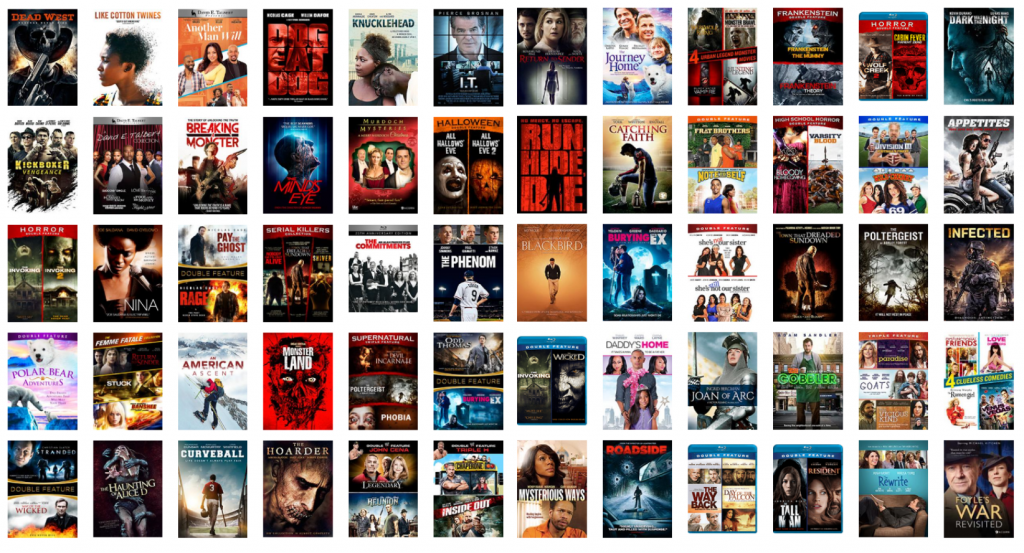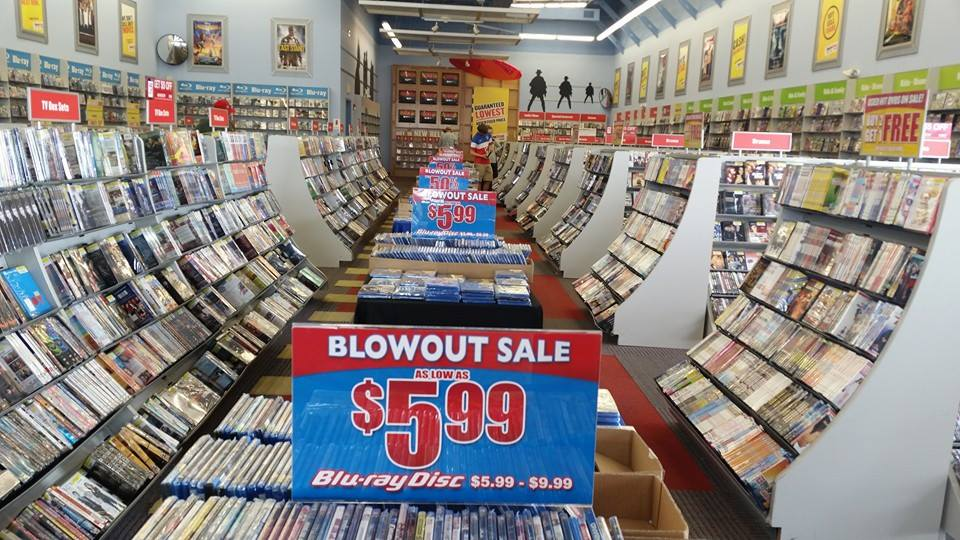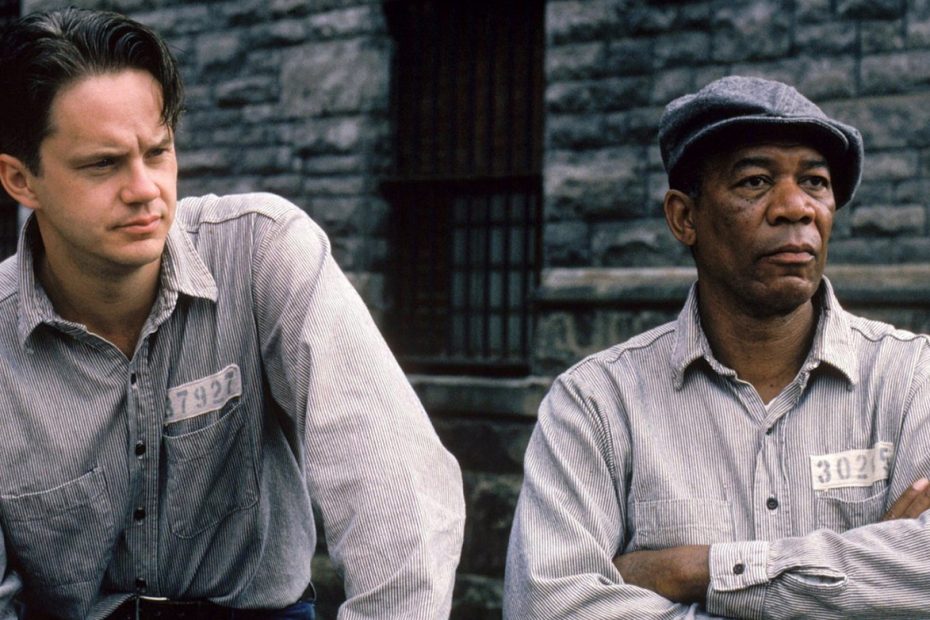Of the tens of thousands of films that are produced every year, almost 95% of them fail in spectacular fashion. It doesn’t help that most of that group are barely financed, poorly acted, and amateurly filmed for that matter, but still — by the end of the year we’re left with a solid group of great films that never stood a chance. Here are a few reasons why.
1) Lack of a plan. Filmmakers very often delude themselves into believing that creating a great film is enough to garner success. “If my film is amazing, someone will want to distribute it!” is the customary logic. The problem is that there is a surplus of great content. But much of that other content includes famous actors, bigger budgets, or connections to Hollywood. Simply creating a work of art isn’t enough because great films are constantly being produced.
2) Competition. As the industry has shifted toward streaming, access to high quality content is easier than ever. Consumers can choose from dozens of streaming options that have libraries of thousands of titles. Unlike the days when shopping in the limited DVD section of Walmart, there is a near limitless choice of content that makes it extremely difficult for your film to standout when the only exposure it has is its poster amongst a sea of options.

3) The death of DVD sales & the rise of foreign productions. Films as recently as 2014 were able to hedge their risk by pre-selling the rights before production. But two things are happening concurrently. DVD and Blu-ray sales have dropped dramatically, but also as filming equipment and editing software become more affordable, more quality foreign productions are being made. This is causing a tectonic shift in the value of American content because local audiences would rather watch a B-level homegrown drama than an A-level American film starring no one they recognize.

4) Marketing. Without a marketing campaign, your film will 100% fail to recoup. There simply isn’t a reason for your audience to come find you unless you’ve already cultivated a devout following. With the barrage of information people are inundated with from social media along with balancing their work and home lives, no one will watch your film unless you make them care to. And making them care is very expensive.
For anyone who cares to dive further, there is an fantastic case study written by the Sundance Institute that breaks down how a great film like Columbus ended up being self-distributed at a loss despite critical acclaim. I highly recommend reading it and seeing the financial breakdown of the $700k film by Kogonada. In it you’ll read why the producers decided to proceed with self-distribution and while they were successful, still ended up not recouping the full budget for their investors. Here’s a great quote from the producer.

You make the film, you get into a great festival, it’s super exciting, you have all of the highs and lows, you have the premiere, it’s the best day of your life … and then what?
-Giulia Caruso, Columbus producer
In other depressing news it was announced on October 26th that cinephile streaming site FilmStruck, the 2-year-old classic film streaming service, which curated films from the archives of Warner Bros. and the Criterion Collection, along with art-house distributors like Kino and Flicker Alley, will be shutting down at the end of November. Just another example of art not being a strong enough factor in the continuation of business.

The problems listed above are the reason we’re creating a new platform to solve the distribution and marketing problem that filmmakers face. Join www.filmocracy.com to find out how.
